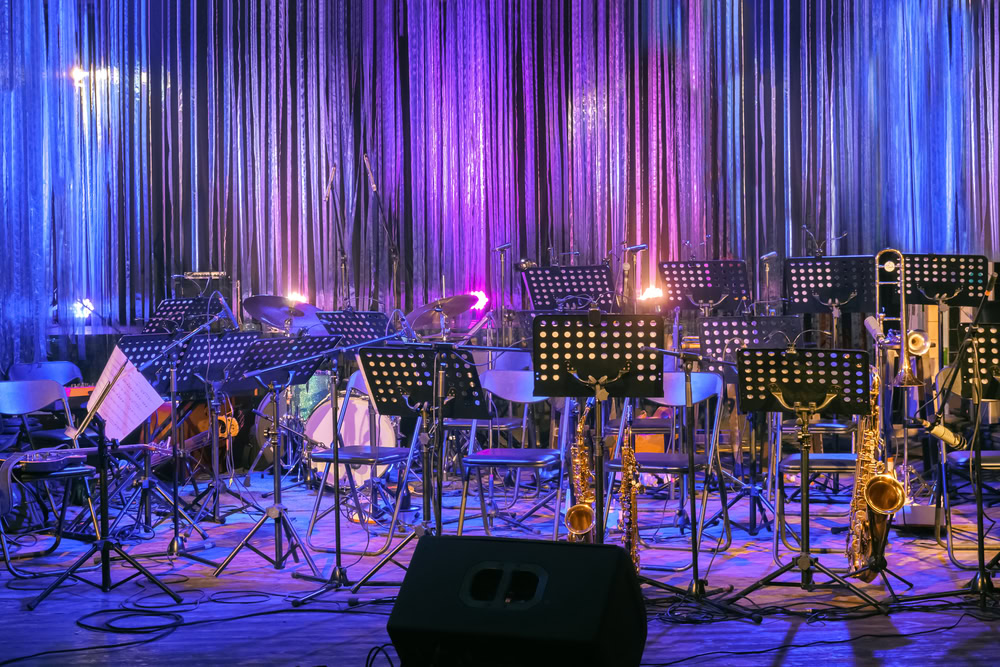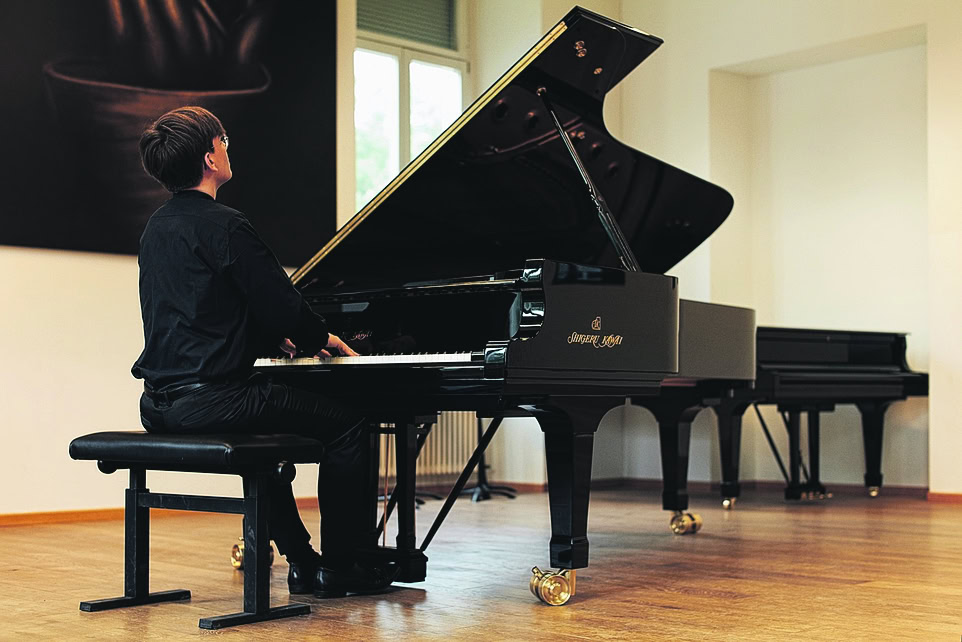Posture and movement on the instrument
Is it important to straighten a child's overly flexible back on the cello chair? To what extent should making music simply be fun and at what age does a more serious professional career begin? Workshops at music schools can answer these and other questions.

We have been running half-day workshops on "Posture and movement on the instrument" for teachers at music schools for over a year now. They are divided into two thematic blocks: "Back and neck" and, building on this, "Shoulder girdle, arm and hand".
The workshops are geared towards the teachers' own well-being when making music and their teaching activities with pupils. The aim is to impart basic knowledge of anatomy and physiology as well as instrument-specific complaints. We also teach exercises for perception, strengthening and promoting coordination.
The theoretical principles of anatomy are best experienced when the respective body parts are felt and moved. A key experience for many is when they feel each other's shoulder blade movements, parts of the body that are often terra incognita in our perception. The in-depth study of the physiology of muscle function makes it clear how a muscle works, what fatigue means and why exercise breaks are worthwhile. Controversial questions are also discussed: Does good posture and movement replace muscle training? Should strength training be used to build up reserves in order to meet the challenges of making music?
The joint analysis of problems using video examples makes it clear that posture and movement are personal and deserve individual consideration. Despite all individuality, however, the teacher - apart from their musical abilities - always has a role model function in terms of posture and how they deal with their own body. As one music school director says: "You can recognize the teacher by the way the pupils play music".
The group work is consistently popular: teachers with similar instruments discuss pupils' posture problems and exchange information on possible assistance and tried-and-tested exercises.
The practical exercises for the different parts of the body literally loosen up the program. For example, the course shows the effects of a lack of tension in the erection of the back on the motor skills of the arms and hands. Various movements are used to show how the dynamic stability of the torso can be improved and how playing music can be made easier.
Ultimately, however, there is still the question of when a problem can no longer be tackled in the classroom alone. The authors encourage a dialog with the parents of those affected and with instrument making experts. However, persistent problems should definitely be assessed by specialists. They are no fun for children or professional musicians, nor do they enable them to reach musical heights. Making music with complaints is unnecessary!
The question of whether good posture and good movement are the basis for making music is the subject of lively discussion in every workshop until the coffee break. Is it important to straighten a child's overly flexible back on the cello chair? To what extent should making music simply be fun and at what age does a more serious professional career begin? Experts exchange views on these and other questions with professionals "at eye level" - provided they have straightened up correctly beforehand!








